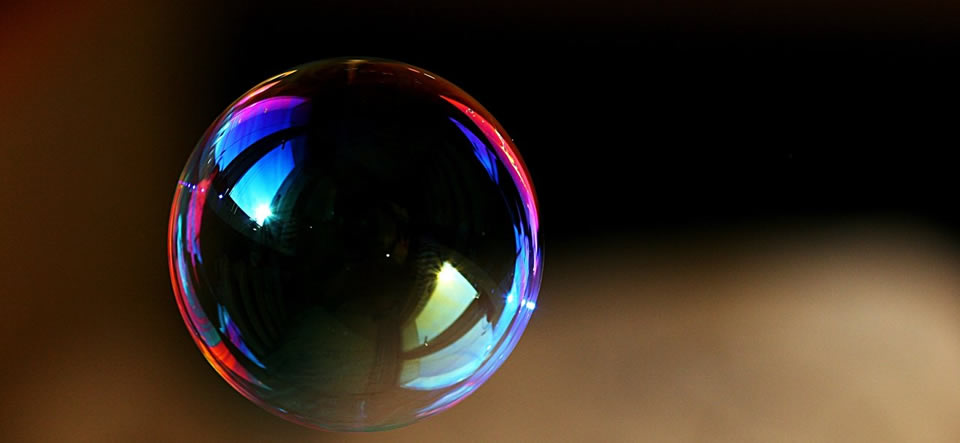Soap is made by mixing lye (sodium hydroxide) with lard or some sort of fat or oil; the process is Called saponification. When the fats or oils (which are acids) are mixed with the lye (which is a strong alkali), the fat or oil is split into fatty acids and glycerin.
The sodium part of the lye joins with the fatty acids to form a new compound called sodium stearate – soap. The glycerin helps the soap to set hard and is also a good skin moisturizer.
1. Wear rubber gloves and eye goggles for protection.
Hot oil and lye are dangerous and caustic materials. This recipe will make two half-pound bars of soap.
2. Heat sixteen ounces of fat (lard, butter, oil) in a stainless steel saucepan over a low heat to about 120F (use a glass thermometer).
3. Place a cupful of cold water (eight fluid ounces) into a glass jug arid, slowly and carefully, add three ounces of lye to the water, while stirring. The water will get very hot and turn opaque as the lye reacts with it. Don’t add the lye too quickly, or the water will boil over. Do not breathe in the fumes.
4. Keep stirring until all the lye has dissolved, then slowly pour this solution, in a thin steady stream, into the hot fat, stirring continuously.
5. Keep stirring for fifteen minutes. At some stage the soap mixture thickens (“traces”) and turns opaque. This could take between half-an-hour and a few hours. Keep stirring the mixture every fifteen minutes until this occurs. You can tell when the soap is tracing because, if you draw a line in the surface with a spatula, a trace will remain for a few seconds.
6. Add a teaspoon of essential oils and/or food coloring at this stage if you wish to scent or color the soap. When the soap is tracing, pour it into soap molds and allow it to cool to room temperature for two days.
7. Remove the soap blocks from their molds and allow the soap to age for about three weeks before use (the soap becomes milder and less caustic).





